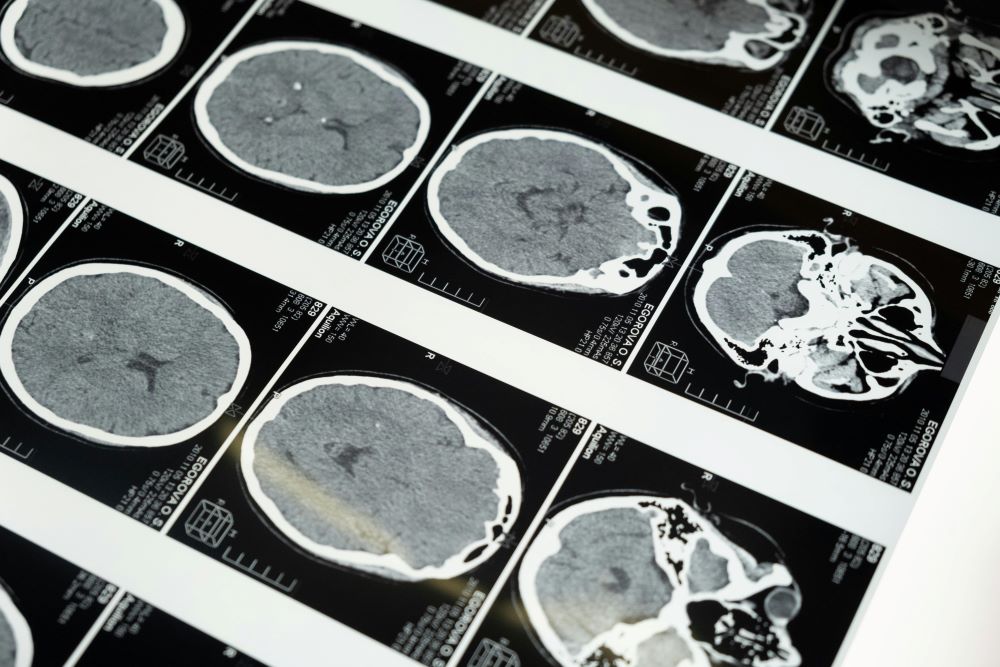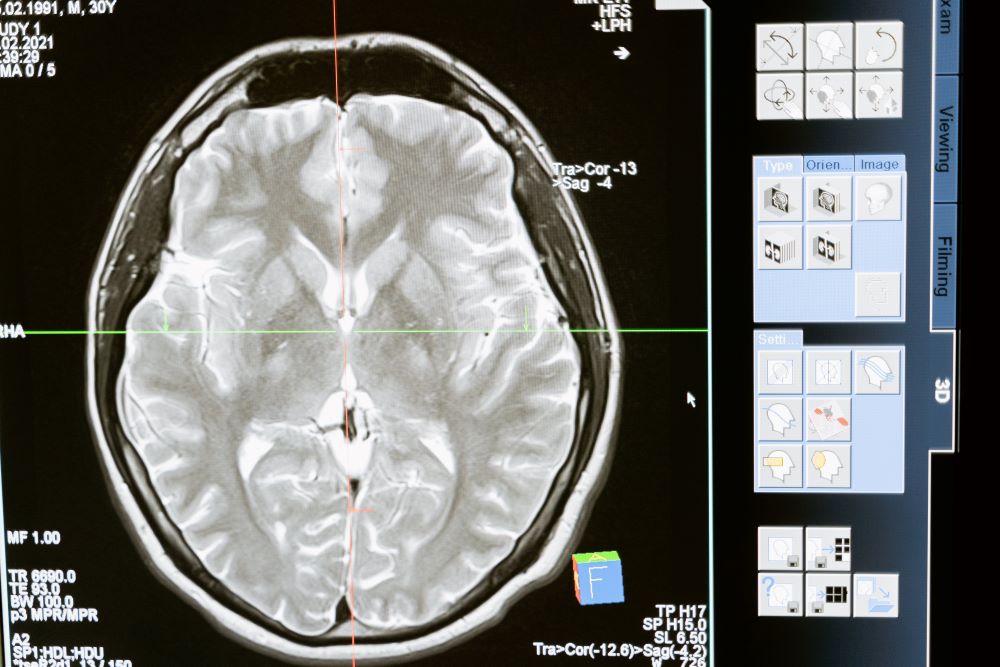Scientists have developed a groundbreaking technology integrating brain matter with computer architecture.
The unparalleled complexity of the human brain has inspired a groundbreaking leap in computing technology. Brainoware, a revolutionary system developed by engineers at Indiana University Bloomington, integrates real human brain tissue with electronics, heralding a new era in computer architecture.
Our brains, comprised of intricate networks of neurons, possess unparalleled capabilities for processing information at speeds and quantities that current computing technology struggles to emulate. Unlike conventional computers with physically separated processing and memory units, the human brain’s efficiency lies in the seamless integration of neurons serving as both processors and memory devices.
In a groundbreaking leap toward creating a more brain-like computer, engineers at Indiana University Bloomington have introduced Brainoware, a revolutionary system that integrates real, human brain tissue with electronics.
Engineer Feng Guo was the lead of the research team embarked on a journey to explore the potential of this innovative computer architecture by subjecting Brainoware to tasks such as speech recognition. He also worked on introducing nonlinear equation prediction and algorithm analysis to the mix.

While Brainoware exhibited slightly less accuracy compared to a conventional hardware computer running on artificial intelligence, the study marks a significant stride forward in the development of a new breed of computer architecture.
The core of Brainoware’s functionality lies in its incorporation of actual human brain tissue into electronic systems. The team ensured adherence to ethical guidelines throughout the development process, yet researchers from Johns Hopkins University underscore the importance of ongoing ethical considerations in the expansion of such technology.
Lena Smirnova, Brian Caffo, and Erik C. Johnson, who contributed a commentary in Nature Electronics, highlighted the critical need for the community to examine the myriad of neuroethical issues surrounding biocomputing systems that incorporate human neural tissue as the sophistication of these organoid systems increases.
The human brain is a marvel, housing approximately 86 billion neurons and up to a quadrillion synapses. Attempts to simulate its activity in artificial systems have fallen short. Even one of the most powerful supercomputers, Riken’s K Computer, with 82,944 processors and a petabyte of memory, took 40 minutes to simulate one second of activity in just one to two percent of the brain in 2013.
Brainoware integrates brain organoids with high-density microelectrodes, utilizing a reservoir computing artificial neural network. Electrical stimulation conveys information into the organoid, where it undergoes processing before Brainoware generates calculations in the form of neural activity. Input and output layers, employing conventional computer hardware, are trained to function with the organoid.
In a demonstration, Brainoware accurately identified a specific individual’s voice from 240 audio clips after just two days of training, achieving a 78 percent accuracy rate. Additionally, Brainoware outperformed artificial neural networks in predicting a complex dynamical system, showcasing its adaptability and efficiency.
In recent years, scientists have explored neuromorphic computing, designing hardware and algorithms to mimic the brain’s structure and functionality. While progress is evident, these efforts are energy-intensive and time-consuming.
Guo and his team adopted a unique approach, utilizing actual human brain tissue cultivated in a laboratory. They guided human pluripotent stem cells to develop various brain cell types, creating organoids—three-dimensional mini-brains. Although lacking consciousness, these structures are invaluable models for researching brain development.
While challenges such as maintaining organoid health and minimizing power consumption persist, Brainoware holds immense potential not only for computing but also for unraveling the mysteries of the human brain.
Ethical considerations remain paramount, and as Smirnova, Caffo, and Johnson note, this research provides foundational insights into learning mechanisms, neural development, and the cognitive implications of neurodegenerative diseases, potentially paving the way for preclinical models of cognitive impairment and therapeutic testing.
Sources:
Human Brain Cells on a Chip Can Recognize Speech And Do Simple Math
Brain Organioid Reservoir Computing for Artificial Intelligence
Organoid intelligence (OI): the new frontier in biocomputing and intelligence-in-a-dish


Join the conversation!